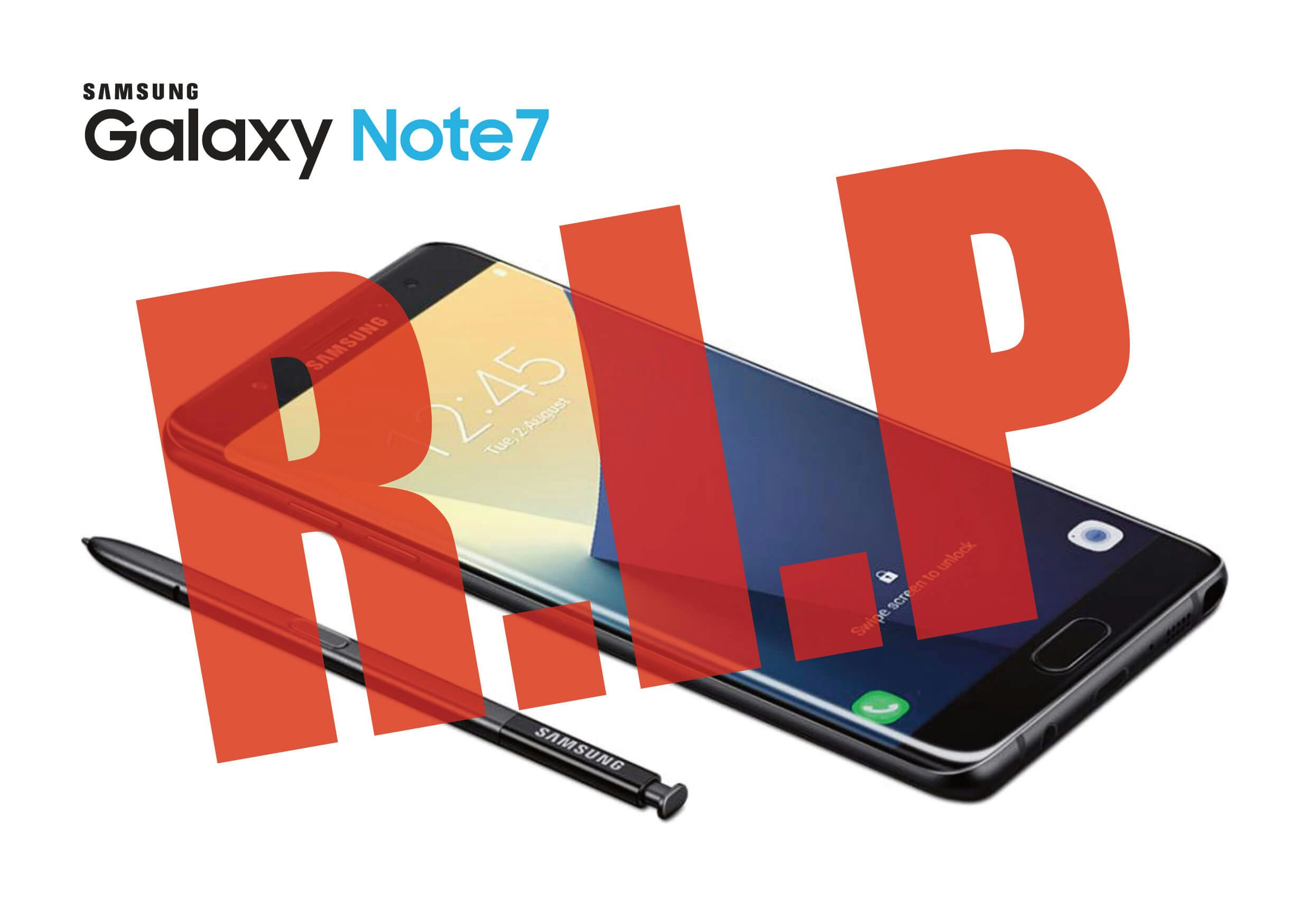Samsung’s Catastrophe – an opportunity for the battery industry
During the last month, the news has been everywhere: Samsung’s new Galaxy Note 7 smartphones, which were supposed to be the company’s response to iPhone 7, have gone up in flames – quite literally.
The new model experienced issues of melting, exploding and smoking in more than one instance, and after a global recall, the company is expecting a loss of over $2 billion. Samsung said they traced the cause to the phones’ batteries, but after the replacement phones were tormented with the same problems, Samsung shut down the production of the Note 7 models – permanently.
As far as first reactions go, the press and consumers have not been kind to Samsung, which is only understandable; a company with extensive experience in making successful technological appliances should have, quite easily, avoided such a crisis with something as simple as batteries. Yet the explosive batteries can be an opportunity – and not only in crisis management.
The batteries used in Note 7’s were lithium-ion ones, which have, since their introduction, been known to have a challenge or two. Users have been warned about overheating and white smoke since the very beginning, so it is not completely unforeseen that a failure would occur in phones eventually. It has happened before to other companies, too. In 2013, there was smoke in a Japan Airlines Boeing 787 plane’s electrical bay (link: http://www.nytimes.com/2014/12/02/business/report-on-boeing-787-dreamliner-batteries-assigns-some-blame-for-flaws.html?_r=0 ), caused by a manufacturing error in a battery cell. The incident occurred after the plane had landed, and in the aftermath the batteries were revealed to be lithium-ion.
The event did not get nearly as much press as Note 7, which is potentially why it did not trigger much of a response. But because this time around, there has been human damage, it might spark action. The lithium-ion batteries, that surfaced in the 1970s, have seen many tweaks and improvements since their invention, yet very few of those are actually visible in commercial products. The Samsung episode could be the kick that the industry needs to make changes. The same power technology is used by countless other companies. Highlighting how bad the damage can be – for the company and people alike – should be reason enough for scientists to look into the batteries again, and come up with new safer, more modern solutions for battery power.
Already a Swedish start-up claims to have a better version of the batteries. Cadenza Innovation says their batteries have a design that “prevents the thermal runaway that causes batteries to catch fire”, and introduce better performance and higher safety. (link: http://nordic.businessinsider.com/this-swedish-entrepreneur-has-the-solution-to-samsung-explosions-2016-9/).
There is clearly a need for a battery that has all the same positive qualities, but does not carry the risk of overheating, and this should be exactly what inspires innovation in the field. If there was pressure before to develop the existing batteries, it is there now more than ever – and it is only a matter of time until a solution will emerge.
